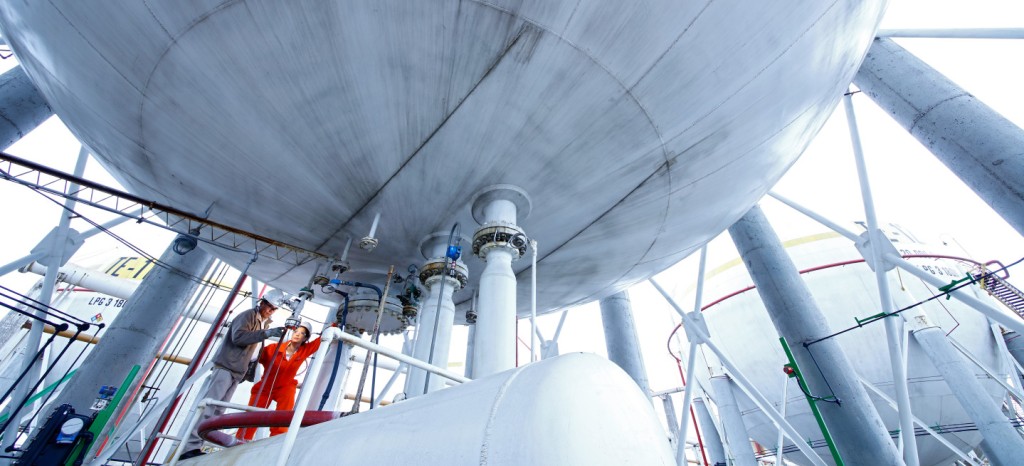Acoustic Emission (AE) testing is a powerful method for examining the behavior of materials deforming under stress. Acoustic Emission may be defined as a transient elastic wave generated by the rapid release of energy within a material. Materials “talk” when they are in trouble: with Acoustic Emission equipment you can “listen” to the sounds of cracks growing, fibers breaking and many other modes of active damage in the stressed material.
Small-scale damage is detectable long before failure, so AE can be used as a non-destructive technique to find defects during structural proof tests and plant operation. AE also offers unique capabilities for materials research and development in the laboratory. Finally, AE equipment is adaptable to many forms of production QC testing, including weld monitoring and leak detection.
Some typical applications of the Acoustic Emission principle in testing materials are as follows:
Behavior of materials: metals, ceramics, composites, rocks, concrete:
● Crack propagation
● Yielding
● Fatigue
● Corrosion, Stress corrosion
● Creep
● Fiber fracture, delamination
Nondestructive testing during manufacturing processes:
● Material processing
● Phase transformation in metals and alloys (martensitic transformation).
● Detects defects such as pores, quenching cracks, inclusions, etc.
● Fabrication
● Deforming processes; rolling, forging, extruding.
● Welding and brazing; detects detection (inclusions, cracks, lack of penetration).
● TIG, MIG, spot, electron beam, etc.
● Weld monitoring for process control.
AE Monitoring structures:
● Continuous monitoring (metallic structures, mines, etc.).
● Periodic testing (pressure vessels, pipelines, bridges, cables).
● Loose Part Detection
● Leak Detection
Special applications:
● Petrochemical and chemical: storage tanks, reactor vessels, offshore platforms, drill pipe, pipelines, valves, hydro-treaters.
● Electric utilities: nuclear reactor vessels, piping, steam generators, ceramic insulators, transformers, aerial devices.
● Aircraft and aerospace: fatigue cracks, corrosion, composite structures, etc.
● Electronics: loose particles in electronic components, bonding, substrate cracking.


